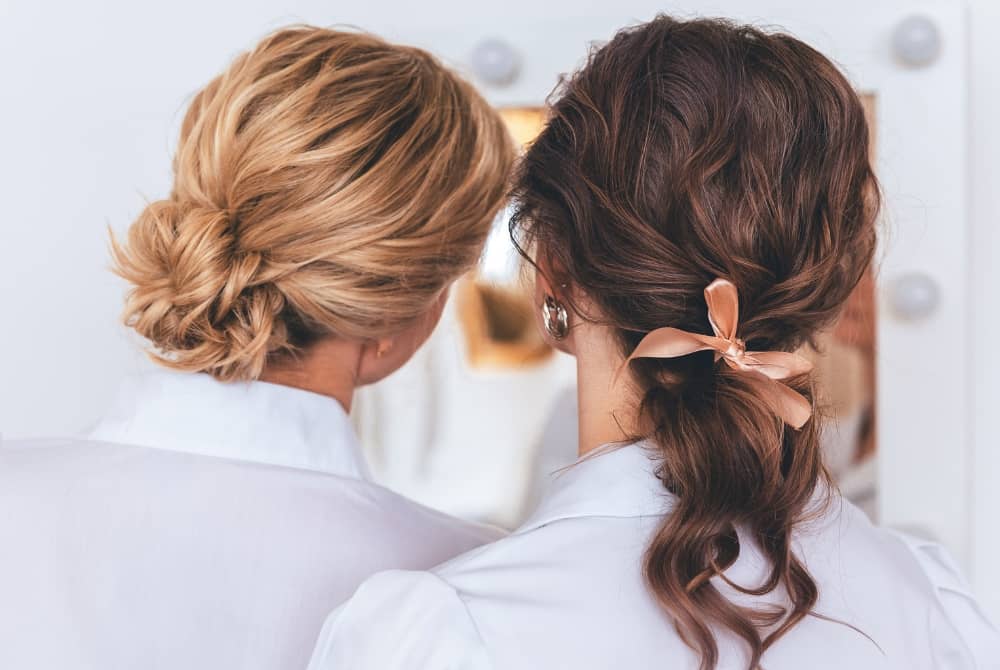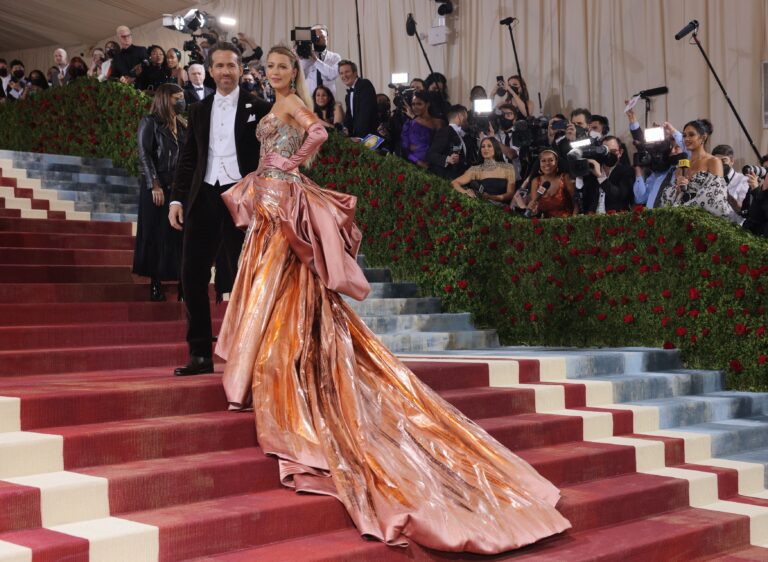It is understandable if among life’s challenges, taking the time to pay your hair careful attention can take a back seat.
It can be an effort at times to ensure you’re washing, conditioning and drying hair effectively and as much as you need, let alone carrying out extra nourishing hair treatments.
But if your haircare has been put to one side for the time being, it wont be surprising if you notice breakage and split ends popping up.
Excessive dryness and careless and rough treatment means the ends will start to pop out an unnatural angles. Absentmindedly examining the ends of your locks while watching TV or on a phone call and you might be shocked to notice evidence of each strand splitting, peeling off, or travelling up each strand.
Split ends make the hair look frizzy, dull, and unmanageable so getting on top of them as soon as they appear is crucial.
What are split ends?
Split ends, technically known as trichoptilosis, occur when the hair shaft frays or splits into two or more fragments at the tip. This happens when the protective outer layer of the hair cuticle is damaged or worn away, leaving the inner core exposed and weakened making the each strand vulnerable to splitting and snapping.
When this happens it’s rarely a clean break, but a jagged end with splits and ridges. If left unaddressed, these jagged ends can continue to split further up the hair shaft, causing more damage.
Split ends happen at the ends of hair as it is the oldest part of the strand and may have dried out, without the nourishment of natural scalp oils reaching it.
Various other factors contribute to split ends, including excessive heat (blow drying and heated styling tools), chemical treatments (like straightening or lightening), harsh brushing, exposure to environmental elements (like the sun and wind), over-washing, and a lack of proper hair care. If left unaddressed, they can continue to split further up the hair shaft, causing more damage.
Once you notice them, it’s hard to un-see the fraying and fluffy ends.
How to fix split ends
Now, the bad news. There is no way to fully fix split ends and repair hair once it has been broken. Bond-repairing treatments help prevent the damage getting this far in the first place.
The only way to fix a strand once it is split, is to cut it above the split. This is why the best advice if you’re trying to grow your hair long and strong, is to have regular trims to your ends to keep them healthy and at an even length.
Products like split-end mending serums, leave-in treatment conditioners and masks simply help seal the outer layer of strands and smooth them down so they temporarily appear less split and frayed and feel softer.
Apply a tiny bit of this type of product, like a serum or mask and distribute evenly between your fingers, before pulling gently through the very ends of your hair. This will apply product, which can be heavy or oily, just where you need it to smooth the ends and disguise those split ends.
How to prevent split ends
To prevent getting split ends in the first place, there are a number of ways you can ensure hair avoids the damage that starts them.
The first is to treat hair like precious silk when it is wet. Wet hair is weak hair, as water swells and stretches the hair’s shaft. Treating it roughly with excessive brushing or tugging is one of the biggest threats to healthy strands.
Instead, use a wide tooth comb to gently detangle wet hair. If hair is very curly use a hair mask or detangler to help provide ‘slip’ as you comb. Better yet, give it a brush before you get in the shower, and wash with medium to cool water – not too hot.
Afterwards, gently use a towel or microfiber hair towel to remove excess water and blow dry with a dryer that doesn’t use excess heat.
Using a nourishing hair mask or hair oil periodically to deep condition can ensure hair gets the moisture and caring ingredients it needs to stay in healthy shape.
When tying strands up, be gentle! Use hair accessories that wont snag or pull, like a silk scrunchie or claw clip, rather than an elastic. Never use a rubber band or a hair accessory with metal, and try and avoid repeatedly tying hair up in a ponytail or bun to prevent breakage in the same place.
Sleeping on a silk or satin pillowcase can also reduce friction on your hair that can cause damage during sleep.







